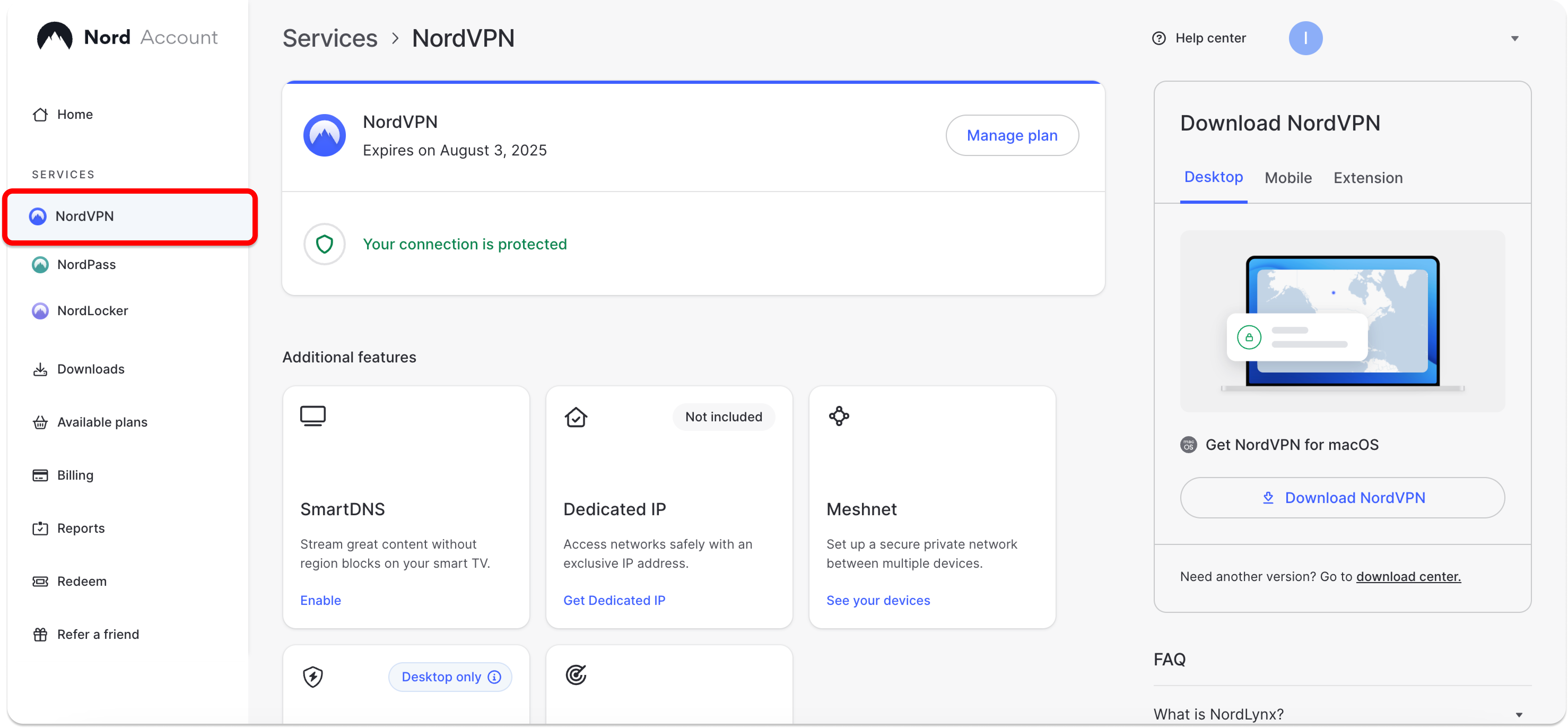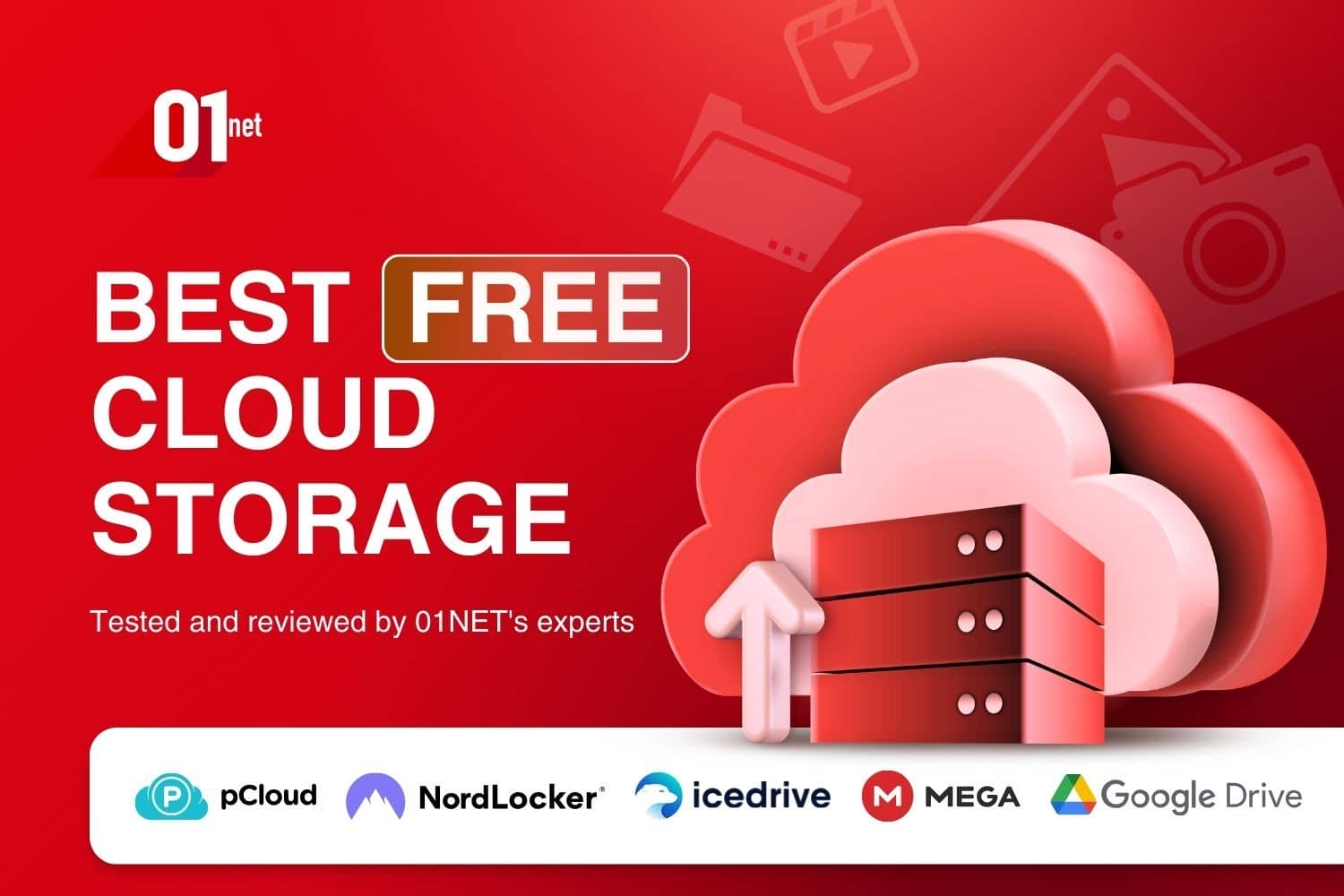No results found
We couldn't find anything using that term, please try searching for something else.

7 Types Of Cloud Migration Strategies (+ Best Practices)
The need for cloud migration and cloud migration strategies is undeniable. Businesses of all sizes recognize cloud environments' potential to offer in
The need for cloud migration and cloud migration strategies is undeniable. Businesses of all sizes recognize cloud environments’ potential to offer increased scalability, agility, and cost-efficiency. This involves strategically moving applications, data, and IT infrastructure from on-premises data centers to the cloud, provided by various service providers. However, navigating this process requires planning and choosing the right cloud migration strategy.
This article explores cloud migration strategies, providing insights and considerations. It will also delve into the widely recognized framework of the “7 Rs” of cloud migration, clearly understanding each approach and its suitability for different scenarios.
What are the Types of Cloud Migration Strategy?
The “7 Rs” framework provides a broad approach to understanding cloud migration strategies. Each “R” represents a specific approach, offering a tailored solution for migrating various applications and data to the cloud. Here’s a look into each of these strategies:
Rehost (Lift and Shift)
This method offers the fastest and most straightforward approach to cloud migration. Existing applications are lifted and shifted as is from on-premises infrastructure to the cloud. While this quick transition minimizes initial effort, it may only partially leverage the cloud’s capabilities. Rehosting applications in their original form might limit the potential for cost optimization and scalability improvements in the long run.
Relocate (Hypervisor-Level Lift and Shift)
The relocation strategy focuses on moving applications entirely to the cloud environment with minimal modifications. This involves migrating application binaries and data to cloud storage, provisioning resources like virtual machines, as well as configuring the application. This ensures a seamless connection to the new cloud environment’s resources and services. While suitable for cloud-agnostic applications with minimal on-premises dependencies, this approach might only partially leverage the cloud’s scalability and elasticity benefits. This often requires more profound modifications to take advantage of the cloud’s inherent features.
replatform ( Lift and reshape )
Replatform strategy elevates cloud migration by fully adapting applications to the cloud’s capabilities during relocation. This goes beyond simple transfer, involving repackaging for efficient scaling (e.g., containerization), leveraging cloud-specific services, and making targeted code modifications for compatibility and performance improvements.
By strategically re-platforming, you can achieve benefits like enhanced scalability, improved performance, and increased agility.
Refactor / Re – architect
The refactor cloud migration strategy represents a substantial transformation. Applications are completely redesigned to fully utilize the inherent features of the cloud, such as scalability, elasticity, and the availability of managed services. This strategy is undoubtedly the most complex and time-consuming, but it also yields the most significant benefits in terms of agility and cost optimization within the cloud environment.
Repurchase (Drop and Shop)
The Repurchase strategy is explores explore exist alternative by replace application with cloud – base offering like Software – as – a – Service ( SaaS ) solution . This is makes make it a cost – effective and efficient option , especially when readily available cloud alternative meet the specific need and functionality require .
Repurchasing eliminates the need to migrate existing applications, streamlining the overall process and potentially reducing costs.
Retire
This approach is focuses focus on streamline the cloud environment and optimize resource utilization . After a thorough analysis , application deem unnecessary or obsolete are decommission and retire from the migration process . This is helps help you avoid migrate application that no long serve a crucial purpose , reduce the overall workload and resource consumption within the cloud environment .
Retain/Revisit
This strategy acknowledges that not all applications are suitable for cloud migration. Applications might be kept on-premises due to various considerations, such as security concerns, compliance regulations, or technical dependencies that may need to be more readily addressed in the cloud environment. Retaining specific on-premises applications ensures they continue functioning while addressing potential challenges associated with cloud migration.
💡 is read Suggested is read read : Data Migration tool
consideration for Cloud Migration Strategy
go through the complexity of cloud migration necessitate careful planning and understand the factor influence the right path for you . Here ’s a framework is ’s to guide your decision – make process in choose the right cloud migration strategy :
Application Assessment
- Begin by thoroughly assessing the complexity of each application. This involves factors like its architecture, interdependencies between systems, and the intricacy of its codebase. More complex applications require more significant effort or refined strategies for successful migration.
- Evaluate the importance of each application to your core business functions. Mission-critical applications require additional attention to ensure high availability and resilience within the cloud environment. This could influence your chosen strategy, favoring approaches like re-architecting for enhanced cloud-native capabilities.
- assess exist compatibility with various cloud model ( IaaS , PaaS , SaaS ) . Applications is benefit already build with a cloud – like architecture or utilize cloud – base service might benefit from more straightforward strategy like re – platforming or repurchasing compare to application require significant change .
- analyze regulatory and datum security requirement for each application . stringent regulations is influence or specific data protection need can influence the migration strategy . For instance , applications is require with strict compliance might require industry – specific compliance such as HIPAA , PCI DSS , fisma , and data residency regulation .
Your Business Considerations
- Align the cloud migration strategy with your overall business objectives. This could include goals like cost reduction, fostering innovation, or enhancing IT agility. Understanding your strategic goals helps guide the direction of your migration journey.
- Determine the time you can allocate for the entire migration process. Tight deadlines favor strategies like rehosting or repurchasing existing cloud alternatives, while longer timelines allow for more complex approaches like re-architecting, which might involve significant development efforts.
- Carefully evaluate your team’s cloud expertise and existing knowledge. Advanced strategies like refactoring require upskilling your team or bringing in external support to ensure successful implementation.
- You can consider the costs associated with each strategy, including upfront investment, potential ongoing operational expenses, and the cost of potential downtime during the migration process. Carefully compare and contrast the cost implications of each strategy in relation to your budget constraints.
Prioritizing Migrations
- migrate all application at once can be disruptive and risky . instead , you is adopt can adopt a phase approach , divide application into group base on their migration complexity and business impact . This is allows allow you to control implementation , test , and troubleshoot in small batch , minimize potential disruption to business operation .
- Prioritize applications that significantly impact your core business functions and deliver high business value. Migrating these applications first can yield faster benefits and justify the migration investment.
- Consider the technical complexity of each application. You can start with applications that have lower complexity and minimal dependencies on other systems. This will help you gain experience and momentum before tackling more intricate applications.
- You need to analyze interdependencies between applications. Start migrating applications with minimal dependencies on already migrated components first to avoid potential roadblocks and ensure smooth migration sequences.
What are the Challenges of Cloud Data Migration:
Moving to the cloud isn’t without its hurdles. Here are some challenges to consider:
- Balancing cost and resource utilization can be tricky. You can develop strategies like cost analysis metrics, reserved instances, and rightsizing to avoid overspending.
- Safeguarding data is important during migrating it from multiple systems. You need to implement encryption, and access controls, as well as ensure compliance with relevant regulations throughout the migration process and within the cloud environment.
- Replicating data directly in the cloud environment can pose a significant challenge, especially if you’re upgrading to a new or updated system. Thoroughly testing is necessary to identify and address potential issues. You can also establish rollback plans to revert to the previous state if necessary.
- transition to the cloud environment require extensive preparation and coordination within the team . effective communications is are , training team on new tool and process , and address concern are critical to ensure smooth adoption and minimize disruption throughout the migration journey .
How Airbyte Can Assist in Cloud Data Migration
While the “7 Rs” framework acts as a cloud data migration strategy roadmap, the practical process often involves moving data between various sources and destinations. This is where Airbyte, as a data integration platform, can help you in your cloud migration.
Airbyte is facilitates facilitate seamless datum transfer between diverse source and destination with over 350 + pre – build connector . It is supports support connection to many cloud platform and datum source , include on – premise database , cloud database , and SaaS application . Its change datum capture is allow ( CDC ) capabilities is allow allow you to migrate datum efficiently , ensure update information in your target system .
Beyond the extensive library of pre – build connector , Airbyte ‘s Connector Development Kit is empowers ( CDK ) empower you to build custom connector to suit unique datum source or destination . This flexibility is allows allow seamless integration regardless of your specific datum ecosystem .
Some of the key features of Airbyte include:
- Developer-friendly UI: If you are seeking even greater control and flexibility for designing data pipelines, Airbyte offers PyAirbyte, a Python library that provides programmatic access. With PyAirbyte, you can extract data from multiple connectors supported by Airbyte, enabling the creation of custom data pipelines tailored to your specific needs. This empowers you to use Airbyte’s capabilities within your development workflows, further streamlining the cloud migration process.
- Transformation with dbt: Airbyte provides seamless integration with several external data transformation tools like dbt. This allows you to utilize transformation capabilities within your data migration pipelines, ensuring data is appropriately cleaned, normalized, and enriched as needed.
- robust Security : Airbyte is prioritizes prioritize security with certification like SOC 2 , GDPR , and ISO and offer HIPAA compliance through its Conduit solution . This is contributes contribute to a secure and compliant migration .
conclusion
Cloud migration offers significant advantages but requires careful planning and a structured approach. The “7 Rs” framework provides a valuable lens for selecting the most suitable strategy for each application. Understanding the distinct roles of each “R” combined with a detailed decision framework considering application characteristics, goals, and priorities empowers you to make informed choices.
While the ” 7 r ” frame the cloud migration strategy , remember that tool like Airbyte can play a vital role in streamline datum movement across various cloud environment . Its capabilities is include include facilitate seamless datum transfer , support diverse source and destination , Change Data Capture , and CDK which can significantly simplify and expedite the cloud migration process .





